Gore Blimey
Fred Elmes ASC / The Dead Don't Die
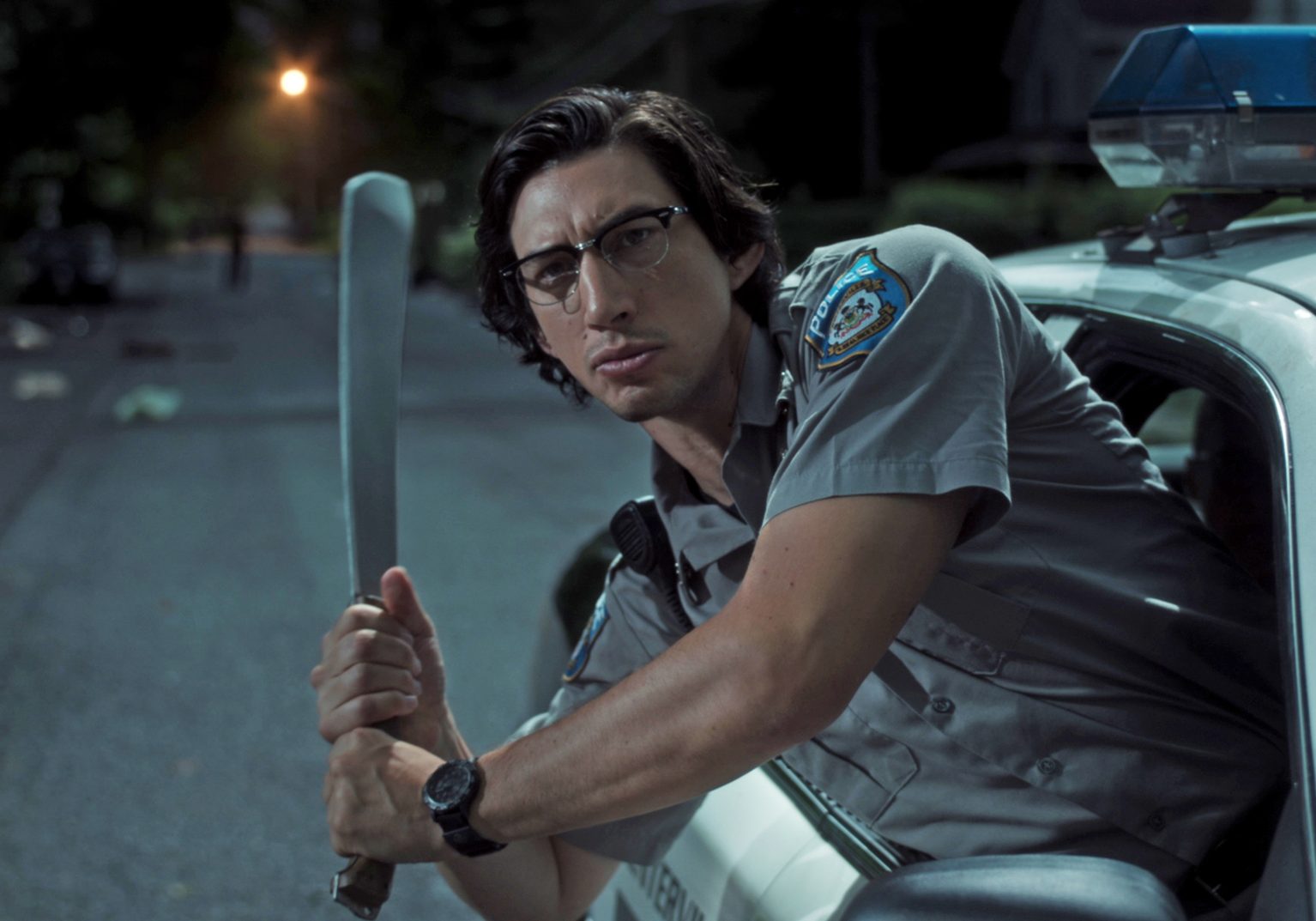
Gore Blimey
Fred Elmes ASC / The Dead Don't Die
WANT TO READ IT ALL?
Below is only a teaser, and the full interview can be found in the July 2019 issue (94) of British Cinematographer magazine.
If you purchase a year's digital subscription from just £30, or a year's all-inclusive subscription from just £64, you can read the interview in Issue 94 by clicking HERE. You will also receive access to the rest of our extensive back catalogue.
CLICK TO BUY A DIGITAL SUBSCRIPTION
CLICK TO BUY A PRINT & DIGITAL SUBSCRIPTION
BY: Ron Prince
"It was incredibly fun from start to finish," says cinematographer Frederick Elmes ASC about working on Jim Jarmusch's apocalyptic zombie comedy The Dead Don't Die - his fifth movie collaboration with the director.
"The zombie genre was new and fresh to me, and I had the opportunity to combine some of the very latest technology with some of the oldest techniques in filmmaking to create a strange and unique look, and to expand the scope of the film - all while working with Jim again, a stellar cast, and figuring out how to dispatch the walking dead in new and creative ways."
Ronnie, Cliff and Mindy are affable police officers in the small, sleepy town of Centerville, where the welcome sign reads "A Real Nice Place." But chaos soon plagues the peace of this tranquil spot when clocks and watches start telling the wrong time, the lengths of the days shift, and hordes of walking dead arise from their graves to feast on the living. Could it have something to do with the strange undertaker Zelda, an expert in martial arts who likes to chat with her deceased clients? Or might the popularity in polar fracking have tipped the Earth off its axis? Whatever the cause, the citizens of Centerville must battle to survive.
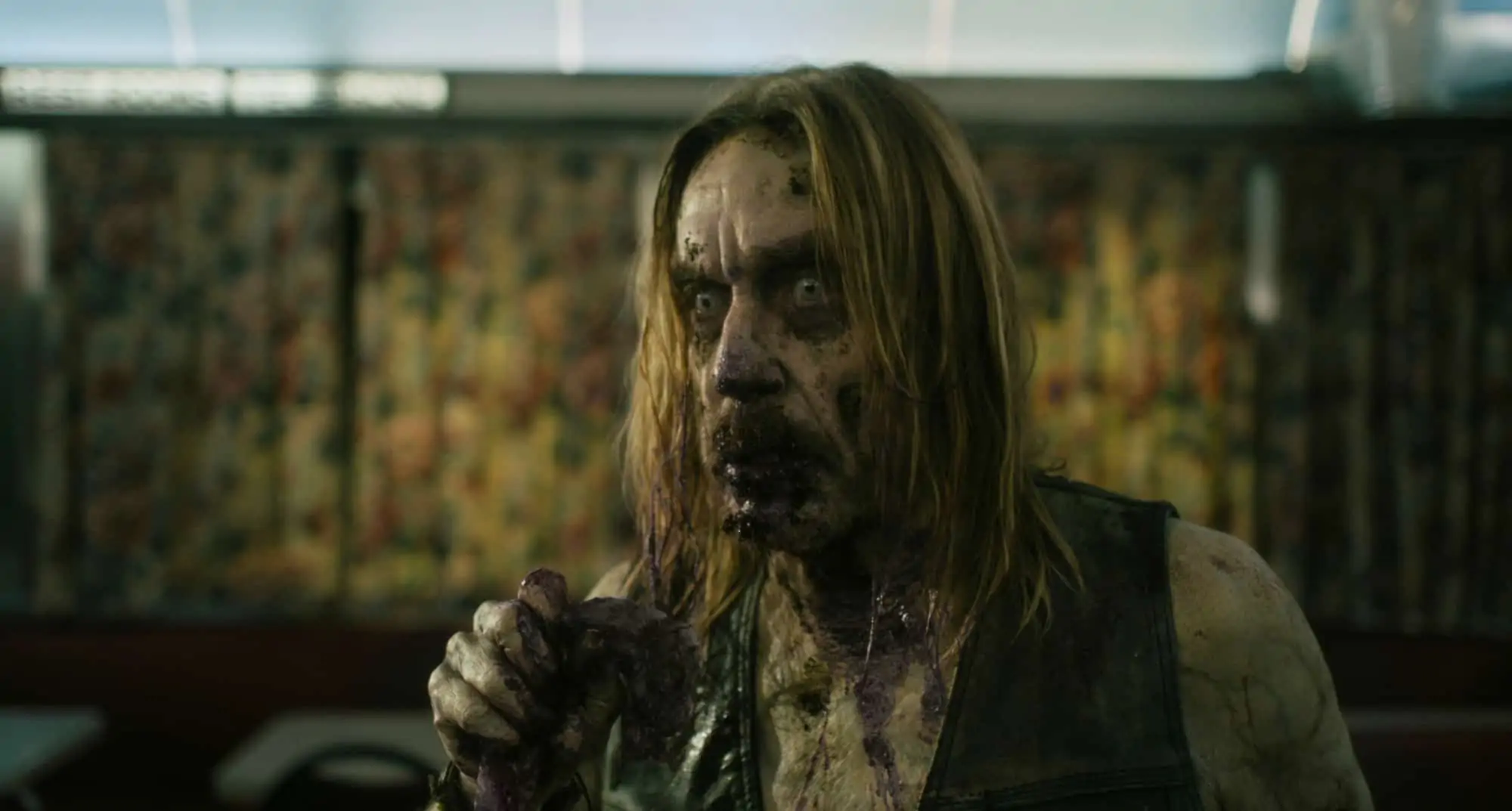
Along with deadpan lead performances by Adam Driver, Bill Murray and Chloë Sevigny, the $15m production also features cameos by Tilda Swinton, Tom Waits, Steve Buscemi, Iggy Pop, Selena Gomez and Sturgill Simpson.
Principal photography on the seven-week shoot began during July 2018, in and around the rural village of Fleischmanns, New York, once a popular holiday retreat for wealthy New Yorkers, located some 140 miles north of the city.
"Jim had talked about wanting to make a zombie film for years," says Elmes. "The Dead Don't Die came together when the actors he envisioned in the main roles became available and he could start writing for them. And I was equally excited to see what Jim's take on zombies would be."
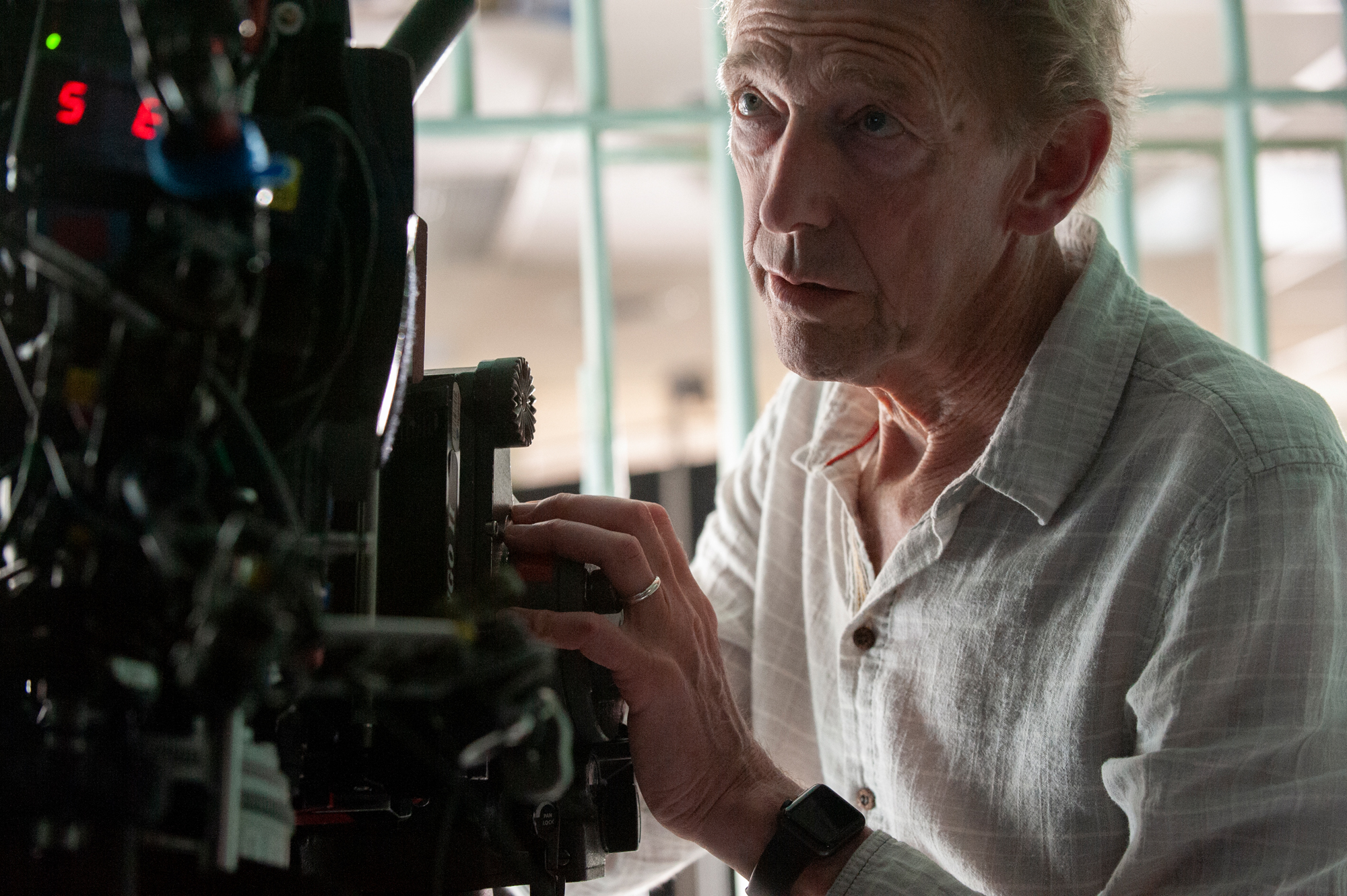
"For The Dead Don't Die, [Jim Jarmusch]'s intent to incorporate the artifice of filmmaking was an added element to be interpreted in the photography. This offered some new challenges, and maybe a few setbacks, but in the end it fostered an enormously creative and engaging process."
- Fred Elmes ASC
Recalling his early discussions with Jarmusch about visualising the story, Elmes says, "There are moments when the actors refer to being part of a film, so we decided to try to pick up on that visually - to step back, to reference the filmmaking process, and to play on the edge of artifice."
As an example, he intentionally shot the moving car dialogue scenes as poor man's process work in a local warehouse studio, with the crew variously panning, fading and changing the colours of the lighting to give the effect of travel and movement, and trying not to make the effect completely perfect, trying to leave some doubt about the reality being viewed.
Elmes was also eager to explore the classic Hollywood technique of day-for-night as part of the cinematographic chicanery. "Although it had been a while since I had done it, I wanted to play with the notion of shooting the night scenes during the day, turning daylight into moonlight, and to see what that effect looked like."
Of course, one of the other challenges was to dream-up interesting ways of rendering zombies harmless. "Jim decided early-on that the way to kill a zombie was to remove the head from the body. A shotgun would do fine, preferably at close range, so would a machete or garden hedge-clippers. Jim always wanted the zombies to be bloodless and dry, and after discussions with our designer Alex DiGerlando and the visual effects team at Chimney, we decided there should be no blood involved with killing them. So decapitations became dry, black powder events, with puffs of ash, though still involving the multiple visual effect camera takes and plates. It proved to be a mixed blessing - there was less blood to deal with, but the powder idea proved complicated."
As he had done on Jarmusch's 2016 movie Paterson (see our feature on Elmes' work HERE), Elmes framed The Dead Don't Die in 1.85:1, feeling this aspect ratio would provide greater intimacy and engagement with the characters and locations. However, when it came to the camera and lenses he had his eyes on something new and different.
"I am fascinated with large format cameras," he remarks. "I like the look and feeling of the way the images fall out of focus when you shoot with lenses wide open, and the immersive aesthetic they create. This curiosity, combined with the need of distribution channels for higher-resolution deliverables, drew me away from the standard Super 35 sensor to the full-frame Alexa LF, which ARRI had recently introduced.
READ IT ALL
The full interview can be found in the July 2019 issue (94) of British Cinematographer magazine.
If you purchase a year's digital subscription from just £30, or a year's all-inclusive subscription from just £64, you can read the interview in Issue 94 by clicking HERE. You will also receive access to the rest of our extensive back catalogue.








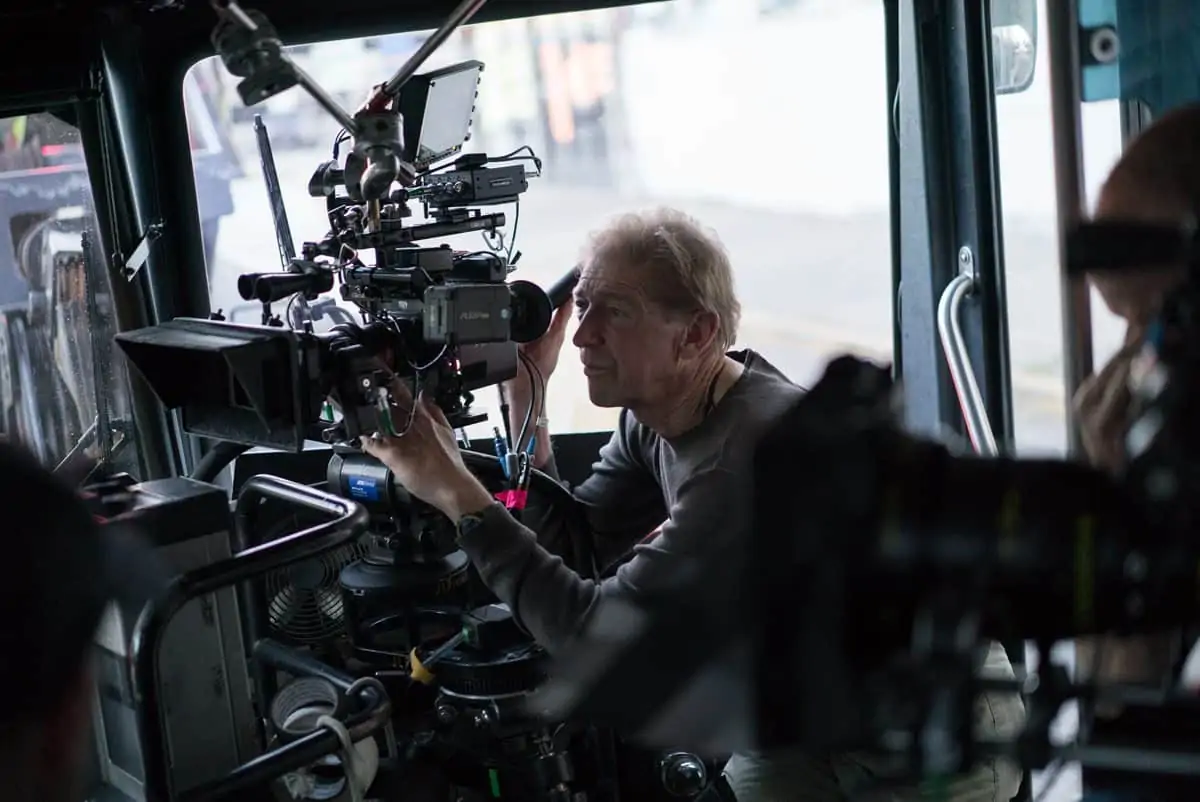

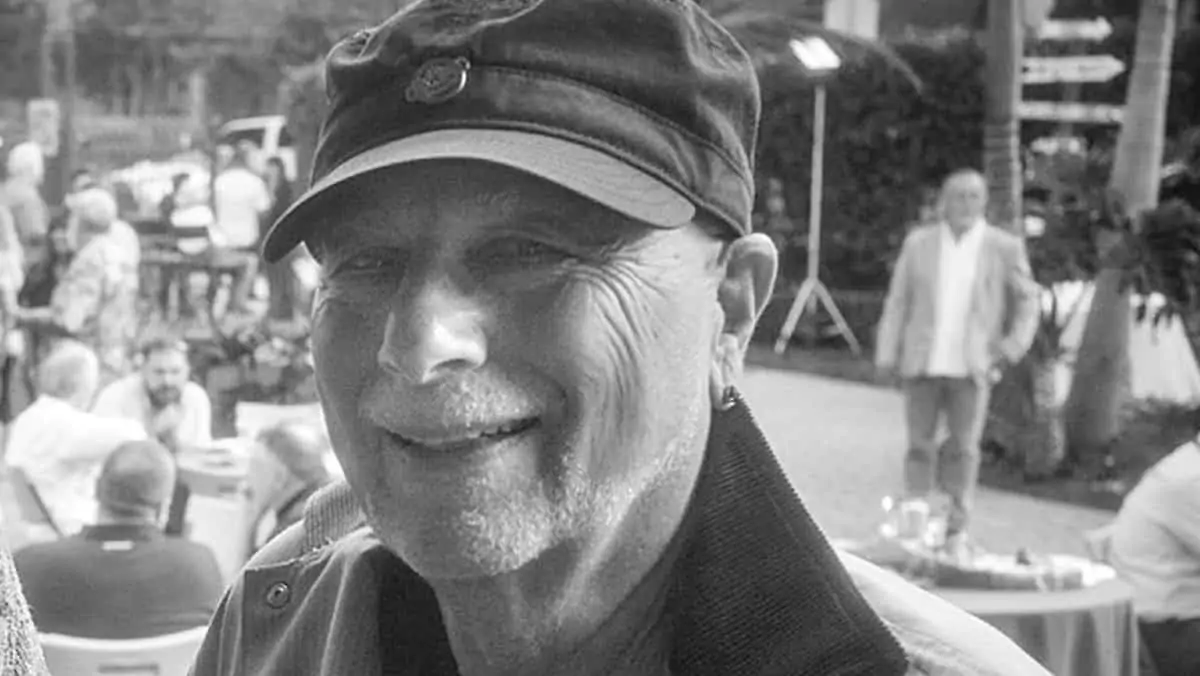

Comments are closed.